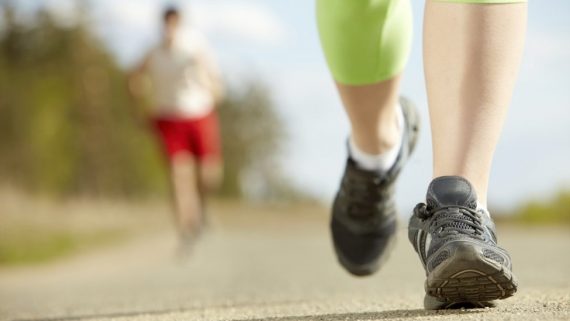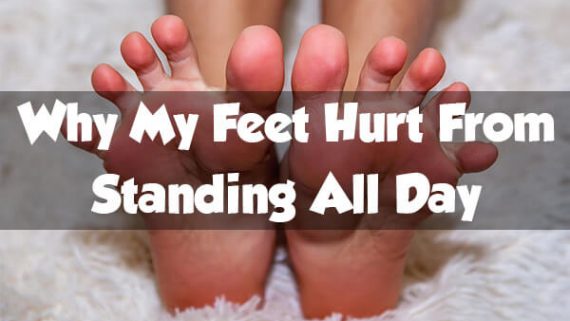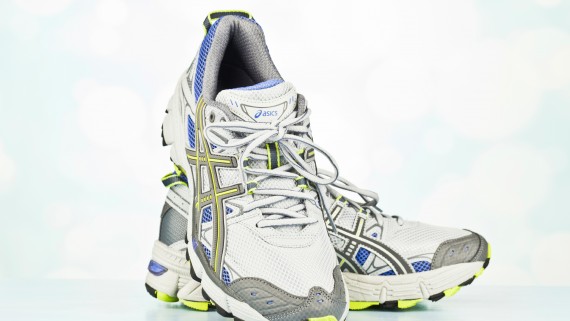Walking and Running
Did you know that daily walking and/or running are some of the most important steps in reducing your risk of heart disease, diabetes, osteoporosis and many other serious health conditions?
You may be wanting to improve your well-being, or reduce your risks of health conditions, or simply to start a new hobby, so here are some easy steps to begin your walking/running routine!
- Set realistic targets and goals. This could be a walking/running distance, weight loss (in combination with good diet), or seeing if you can improve your time running around the block.
- Ensure you have the most appropriate shoes possible by seeing a Podiatrist, who can also help you plan your walking/running sessions.
- Start off easy. This could mean a short walk around the block, or a light jog to the milkbar and back. Everyone is different, so do what works for you.
- Set a routine. Put a particular time aside each day for your exercise, and stick to it!
- If you’re feeling lonely, invite your partner, friend, colleague to exercise with you!
- Don’t feel bad if you have to skip a day, just stay positive and look forward to the next session!
- Make sure you’re having fun! Yes, you will get tired and sweaty, but if take notice of your surroundings, play some music and smile, you are on your way to making a beneficial routine!
For further advice on footwear, running, walking, click on the link below to make an appointment or call 1300 847 226.
http://www.thepodiatrygroup.com.au/booking/
There are many ways to make a living and for some of us it involves long periods of standing. In particular, jobs that require us to stand all day place an undue stress on our feet, legs, knees, and hips- Did someone say retail worker?
The main problem with standing for long periods of time is that you are placing a large amount of stress on the same muscle groups, ligaments and bones. This is why you can experience pain.
We are all probably a little guilty of fantasizing about quitting our jobs and finally chasing our dream career of becoming a travel show host for Getaway. But we better take a look at a few ways we can reduce pain in the feet, just in case that falls through.
Keeping good foot health while standing will require you to be proactive and take steps towards achieving more cushioning and support during your day to day work.
The last thing anyone wants is an injury that prevents you from working and therefore impacts your income. To the same degree none of us want to work with foot or leg pain either!
To help make it easier, let’s take a moment to answer the question of why my feet hurt from standing all day? And what we can do to help.
Why Do My Feet Hurt From Standing All Day?
People are meant to stand. The reason why it can be challenging and why our feet hurt is that we may not be ready for it without some planning. Many people changing to a more active job will find that pain in their feet occurs pretty quickly after starting. Some of this pain will go away naturally as your body gets accustomed to it. If the pain persists, then it may have something do with your shoes or your foot type.
Sometimes the surfaces that we work on can be a little unforgiving on our joints. Man-made surfaces like concrete and tiles don’t allow for much shock absorption and therefore our joints take all the load. This is where the right pair of shoes can help.
The lifespan of a pair of shoes will change dramatically based on what brand and style of shoe you are wearing. As well as how often you are wearing them and how many kilometres you do in a day.
Wearing the right shoes can dramatically reduce the amount of pain you feel from standing all day. Also, consider how long your shoe is meant to last. As the shoe breaks down from use, it will provide less and less cushion for your body, resulting in experiencing more discomfort.
It is important that you wear the right shoe for your foot type. Just because you spent $200 on a pair of shoes does not necessarily mean they are more supportive or that they are right for you!
The best way to make sure you are getting the right shoe is to book an appointment with one of our shoe addicted podiatrists to have your walking pattern assessed. We can then recommend the right shoe for you before you invest your money into the wrong one!
The bottom line
Don’t put up with unnecessary pain. We are here to help you and will work with you to meet the specific needs of your feet and job.
Call us on 1300 847 226 to make an appointment and give us the time to help you.
How to choose the right runner for you?
Choosing a new pair of runners can be overwhelming. Sometimes we look at our old and faithful runners and think maybe they’ll last me another 12 months, they don’t look too bad? Think again. Runners will only hold up on average for 600-800 kilometres. So if you run around 5 kilometres, three times a week and do no other training in your runners, then they should last you approximately 12 months. However, if you do this amount of running as well as using them every weekend then there life will be much shorter.
At the 12 month mark a shoe often looks in good condition from the outside, but it is the midsole that we cannot see that begins to break down and lose support. The shoe’s ability to absorb shock and provide cushioning begins to deteriorate as the shoe gets older and more worn.
Once we have come to terms with the fact that we need a new pair of runners where do we go? The bright lights and fancy colours on the shelves in the footwear stores may mesmerise us for a moment but it is important to keep our cool and that we don’t just choose a shoe based on it’s appealing colours.
Even your favourite shoe that you have worn for the last season may have changed. It may have changed weight; some will even try to drop by 20 grams, it may have changed material and therefore support. It is important that when choosing a runner you are aware of the support you require. Some runners are classed as neutral; providing cushioning and some are considered in the control category; providing differing levels of support. A runner with a higher arch and neutral running gait might be more suited to a neutral style of runner whereas a runner with a flatter foot and a pronated (rolled in) gait might be more suited to a control style of runner.
The first step before lunging head first in to the world of running shoe reviews on Google, is to have your gait (walking and running pattern) assessed by a podiatrist or by a footwear store with the capability and experience in assessing gait. This way you can be advised on a shoe that is best suited to your needs. This will include your running style, training surfaces, distance and goals. Then you can be confident that your money will be well spent- let’s be honest, the latest pair of high end runners cost a little more than a loaf of bread. You want to make sure you will like it before you buy it!
If you are serious about running then get your gait professionally assessed by The Podiatry Group and give yourself the best possible chance to enjoy your runs with the comfort and reliability of a good shoe.



